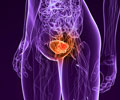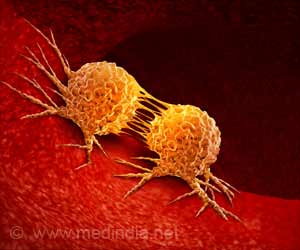Researchers at Mayo Clinic have come up with a novel diagnostic tool that not only helps detect bladder tumors but will substantially reduce the rate at which these cancers come back.
Researchers at Mayo Clinic have come up with a novel diagnostic tool that not only helps detect bladder tumors but will substantially reduce the rate at which these cancers come back.
They claim that the new technique helped found more of the most common bladder tumors than the traditional white-light detection method in almost 17 percent of the patients.It also demonstrated a 22 percent relative reduction in the recurrence rate within nine months of the procedure.
The research team led by Dr. Barton Grossman, of The University of Texas M.D. Anderson Cancer Center compared use of the traditional white-light cystoscopy with new photodynamic diagnosis using a special light source and lenses that can switch from white to blue light.
Making tumors inside the bladder fluoresce red under blue light allows physicians to more easily find and remove them.
The blue light is designed for use with the study drug (hexaminolevulinate), which is instilled into a patient's bladder prior to the therapeutic procedure.
This acts as a prodrug that initiates a series of biochemical reactions in malignant cells. When the blue light is turned on, the tumors emit a red fluorescence.
Advertisement
"Using the blue light, it is much easier to tell when we have removed all the tumor in the bladder," said Mynderse.
Advertisement
The findings were presented at annual meeting of the American Urological Association.
Source-ANI
ARU










